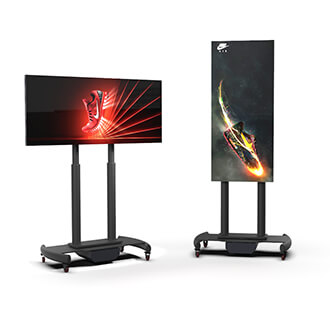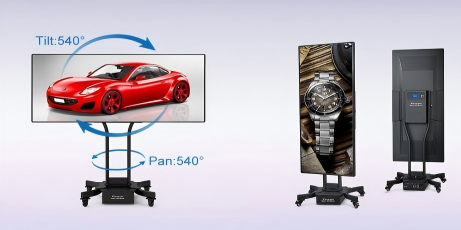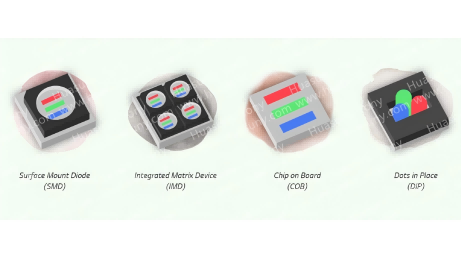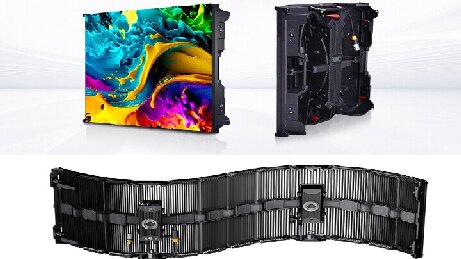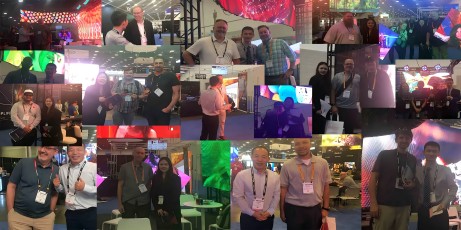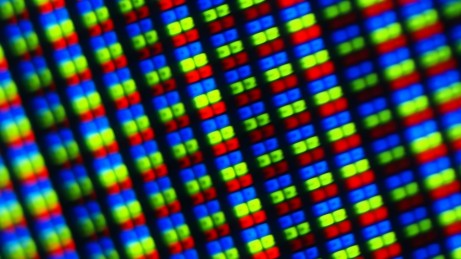Nov 25, 2024
Innovation: The Journey to New Horizons
LED displays are increasingly popular across various industries, including advertising, cultural tourism, commercial displays, information release, education, healthcare, VR filming, and cinema. With outstanding visual effects, energy efficiency, and convenience, they are widely favored. As fine-pitch LED display technology matures, the advantages of miniaturization and lightweight design become more prominent. The ability for customized differentiation further enhances the demand for LED displays. However, with broader applications and a growing market, the industry faces challenges due to low entry barriers, resulting in high levels of homogeneity. Imitation and plagiarism are rampant, and the presence of substandard products often overshadows quality innovations. Display is only the basic function of an LED screen; true advancement lies in the integration of multiple technologies to unlock new application scenarios, charting the industry’s path toward its own “starry sea.” For stage applications, the X/Y Rover Series combines LED display and stage lighting technologies, using the DMX 512 protocol to resolve the challenges of standalone displays and lighting systems. This product won the Red Dot Design Award and holds a national invention patent. In order to solve the problem of curved surface display, we invented the LEgenD series flexible screen, which has the characteristics of rigid and flexible, the use of magnesium alloy carbon fiber frame, to achieve light weight, only 24 kilograms per square meter, also won the Reddot red Dot award, and awarded the national invention patent. Since 2022, with the global surge in AI technology, we have focused on integrating intelligent features into the LED display industry. We believe the future of LED displays will be shaped by smart technology. Our smart advertising screens, the Pirotate and Sero Series, incorporate fine-pitch LED display technology with precision motion control, DMX 512 protocol, and cloud control capabilities. These displays automatically adjust between horizontal and vertical orientations, supporting both 16:9 and 9:16 video formats. Ideal for commercial spaces like retail stores, chains, restaurants, and malls, they save space and facilitate wider LED adoption. In 2023, we launched the Raptor Series, a milestone in LED display technology. Raptor combines rigidity and flexibility, withstanding up to 600KN of force while also capable of forward and backward bending up to 30°. This multi-functional design enables customers to save on additional purchases for unique shapes, significantly reducing investment. 1. Automated Bending Technology: Instant adjustment within 3 seconds to any angle, with a bending accuracy of 0.1°, eliminating manual adjustments. 2. Automatic Alignment: The top and bottom panels auto-align, saving time and effort. 3. Flexible Maintenance: Front and rear accessibility. 4. Lightweight Design: Using a magnesium alloy frame, each module weighs just&n...
View More
